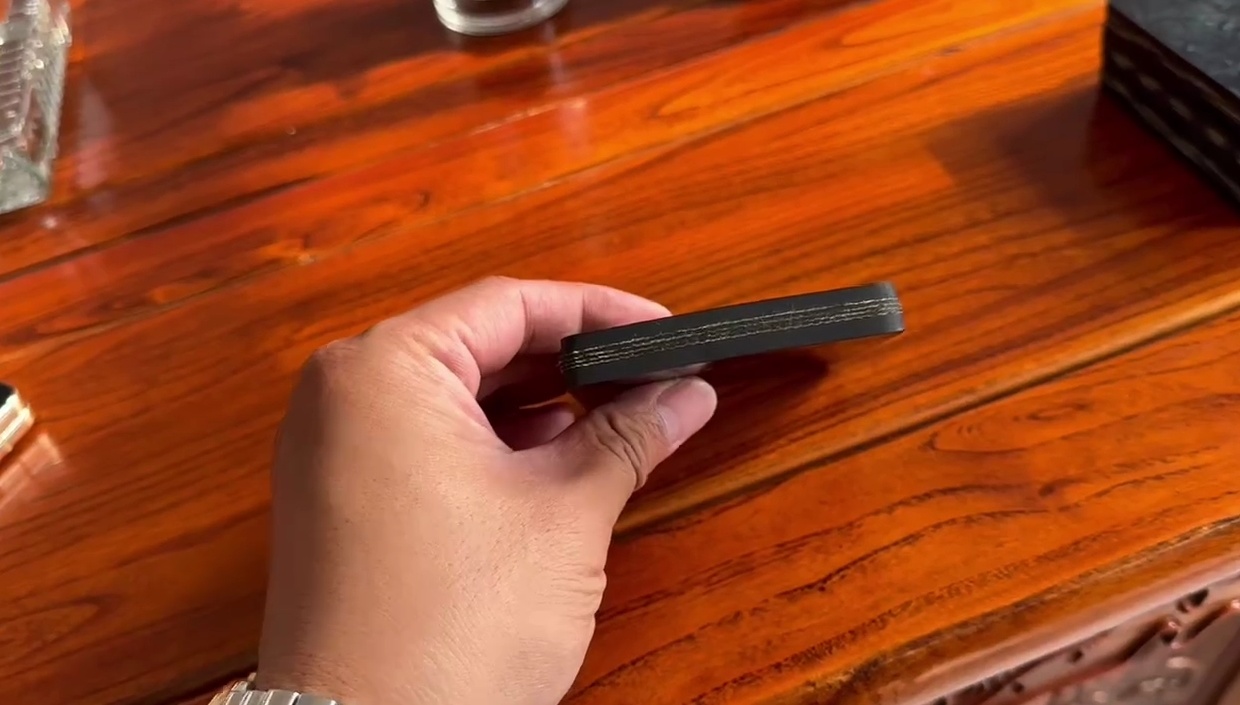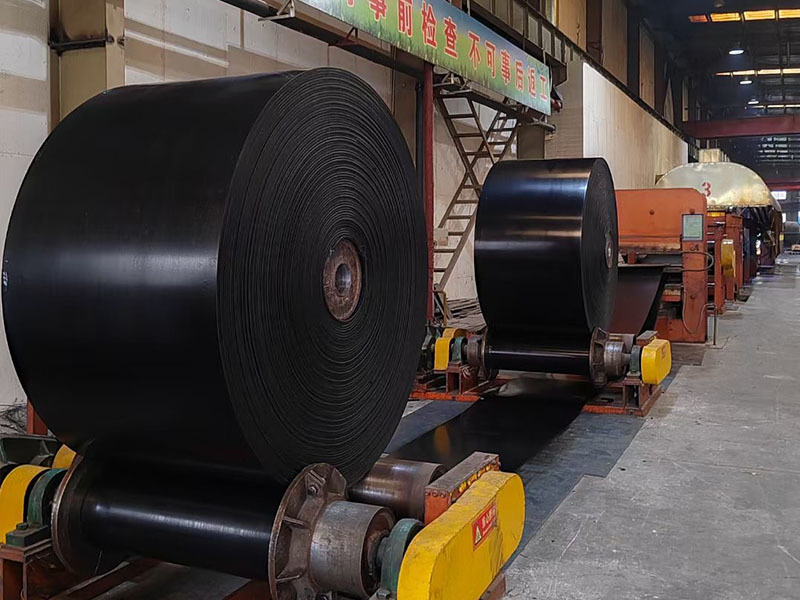Mastering the Art of Belt Joint Vulcanization: A Comprehensive Guide
Release time:
2025-04-19 00:46
Understanding Belt Joint Vulcanizers
Ever heard of a belt joint vulcanizer? If you’ve ever dealt with conveyor belts or rubber joints, chances are you've come across this nifty tool. A belt joint vulcanizer is a specialized device used to join rubber belts seamlessly. It’s a game-changer in industries where conveyor systems reign supreme, ensuring that operations run smoothly without interruptions.
How Does it Work?
So, how does this magical device work? Well, it’s pretty straightforward. The vulcanization process involves heating the rubber joint under pressure, which helps in forming a strong, durable bond. Think of it as a hot press for your rubber belts! The heat causes the rubber to cure, creating a robust joint that can withstand the rigors of daily operations.
Why You Need One
Now, you might be wondering, "Why should I invest in a belt joint vulcanizer?" Let me break it down for you:
- Efficiency: No one wants to deal with frequent belt failures. A belt joint vulcanizer provides a quick and reliable solution, ensuring your production line doesn’t fall behind.
- Cost-Effective: While it may seem like a hefty investment initially, the money saved on replacements and repairs far outweighs the cost.
- Durability: The joints created using a vulcanizer are typically stronger than the original material, which means less downtime for you.
Choosing the Right Belt Joint Vulcanizer
When it comes to selecting a vulcanizer that fits your needs, keep these factors in mind:
- Size: Ensure that the vulcanizer can accommodate the width of the belts you commonly work with.
- Heating Method: Some vulcanizers use electric heating, while others rely on steam. Choose one that suits your operational preferences.
- Portability: If you need to move the device around, consider a lightweight model or one with wheels.
Tips for Effective Use
Alright, let’s get down to brass tacks. Here are some handy tips to ensure you get the most out of your belt joint vulcanizer:
- Preheat it: Make sure to preheat the vulcanizer before use to achieve optimal results.
- Follow Instructions: Always adhere to the manufacturer’s guidelines for temperature and pressure settings.
- Regular Maintenance: Like any equipment, regular checks will keep your vulcanizer in top shape.
Common Mistakes to Avoid
If you're a newbie, here are some pitfalls you want to sidestep:
- Skipping the Prep: Don’t skip cleaning the surfaces before vulcanization; it’s crucial for a strong joint.
- Ignoring Safety Protocols: Always wear appropriate safety gear and ensure your workspace is hazard-free.
- Overheating: Too much heat can ruin the rubber. Use the correct settings and monitor closely.
The Future of Belt Joint Vulcanizers
As technology evolves, so do the tools we use. The future of belt joint vulcanizers looks promising, with innovations focusing on automation and enhanced efficiency. Imagine a vulcanizer that can self-regulate temperature and pressure based on the material's requirements—how cool would that be?
Conclusion
In summary, a belt joint vulcanizer is an invaluable tool for anyone involved in the maintenance of conveyor systems or rubber products. With the right techniques, a bit of care, and regular maintenance, you can ensure that your vulcanizer serves you well for years to come. So, why wait? Dive into the world of belt joint vulcanization and watch your operational efficiency soar!
Belt joint vulcanizer
Previous:
Previous:
Latest News













